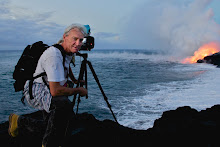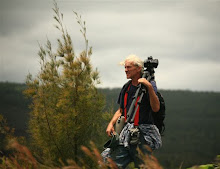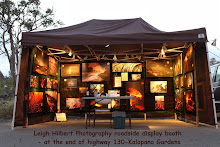 The above image is from two days ago, and below is this morning’s; already switching back to inflation after a steep pressure drop.
The above image is from two days ago, and below is this morning’s; already switching back to inflation after a steep pressure drop.
On the ground this roller coaster of a magma pressure graph has been consistently translating into a rise & fall of the broiling lava lake deep within Halema’uma’u crater in Kilauea Caldera, as well as surface flow lava outbreaks inside and around Pu`u O`o crater.
Pu`u O`o continues sending lava off its east flank during inflation cycles, then mostly crusting over during deflation. These rapid cycles have prevented further advancement down slope over the past weeks/months.
 USGS:View looking southwest at the east flank of Pu‘u ‘Ō‘ō. The Pu‘u ‘Ō‘ō cone is at the top of the photo. USGS/Hawaiian Volcano Observatory (HVO) have been getting some great aerial photos of the activity on Pu`u O`o. The aerial posted here is from their Images page, where they also give detailed descriptions for each image.
USGS:View looking southwest at the east flank of Pu‘u ‘Ō‘ō. The Pu‘u ‘Ō‘ō cone is at the top of the photo. USGS/Hawaiian Volcano Observatory (HVO) have been getting some great aerial photos of the activity on Pu`u O`o. The aerial posted here is from their Images page, where they also give detailed descriptions for each image.Meanwhile, down here along the lower Puna coastline, we have had some occasional heavy rain showers produced from an upper level cold front arriving from the north of the islands. Below is the sun setting as a rain shower lands on my home:
 The heavy showers also gave us morning and afternoon rainbows as compensation for the minor flooding. Here is this mornings offering:
The heavy showers also gave us morning and afternoon rainbows as compensation for the minor flooding. Here is this mornings offering: Photos taken off my lanai looking west: click on any one of them to open all these photos in a new & cool larger view window.
Photos taken off my lanai looking west: click on any one of them to open all these photos in a new & cool larger view window.A few days ago, zoomed-in from the same vantage point, I also managed to get a lucky shot between the clouds of the crescent moon setting into the Kilauea degassing lava fumes with the planets Venus and Mercury just after sunset.





















